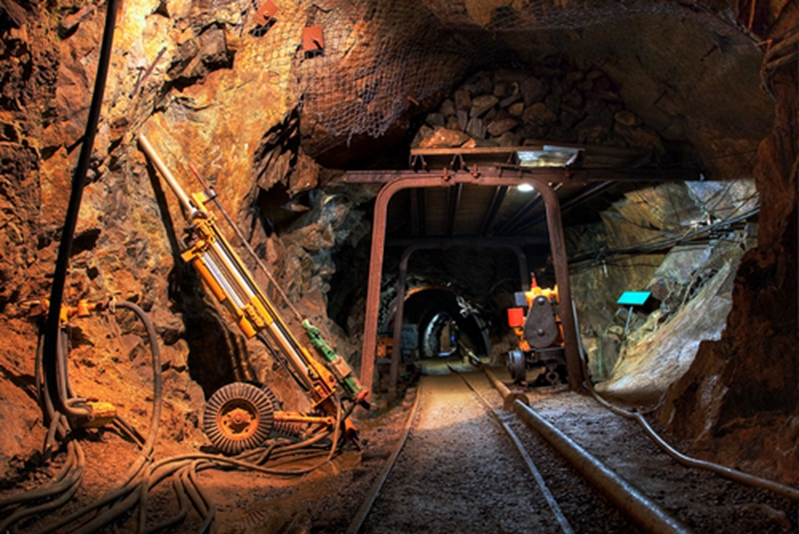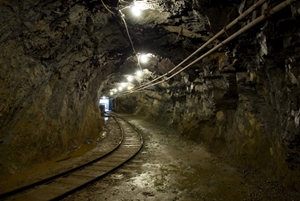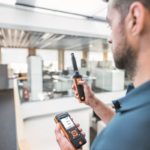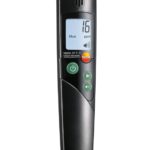Australia’s mining companies rely on a range of diesel-powered equipment to sustain operations.
Eco-friendly, emission-less equipment is more common in science-fiction novels than they are in the real world. Therefore, those in the extractives industry need to figure out how to control harmful emissions throughout their facilities.
While using flue gas analysers to detect nitrogen oxides (NOx) and other unhealthy substances is a good first step, decision-makers should be aware of the regulations dictated by the Australian government.
Putting stringent standards into play
The issue of underground emissions caught the attention of the New South Wales (NSW) Environmental Protection Authority (EPA). In September 2014, the authority announced its intent to encourage the development of higher emissions standards for all non-road vehicles powered by diesel engines.
.@NSW_EPA released a draft report for consultation today on options to reduce non-road diesel emissions http://t.co/zEESBcRbU2
— NSW EPA (@NSW_EPA) December 18, 2014
According to the NSW EPA, the Australian government does not currently enforce regulations pertaining to such machines, despite the fact that they are recognised sources of NOx. The authority noted that non-road vehicles account for between 5 and 10 per cent of all such emissions throughout the NSW Greater Metropolitan Region. Therefore, the problem is not isolated to underground mines.
The NSW EPA referenced a study funded by the NSW and Commonwealth governments. The analysis predicted the positive effects a national non-road diesel emissions standard would have on pollution reduction initiatives as well as public health, producing the following insights:
- By complying with US standards, Australia could reduce particle emissions by between 5,600 and 10,200 tonnes per year by 2020.
- Health care costs could decrease between $2.5 billion and $4.7 billion by 2030.
Authorities could use gas emissions analysers and other instruments to test vehicles before they’re put into use. In regards to underground mining, which standards should those participating in the industry be concerned with?
Maintaining ventilated environments
The absence of hyper-efficient engines prompted Safe Work Australia to develop a code of practice for the ventilation of underground mines. The regulation stated that any person overseeing underground excavation operations has an obligation to ensure those under his or her purview are working in a risk-free environment.
 Underground mines are subjected to emissions risks.
Underground mines are subjected to emissions risks.Making good on this obligation compels mine operators to implement and abide by risk management practices. These protocols are enabling companies to build ventilation control plans, which are designed to mitigate the problems associated with the following hazards, among others:
- Oxygen content
- Toxic and asphyxiant substances
- Flammable gases
- Airborne dust
- Fumes
The only way to account for these hazards is to regularly monitor underground mining environments. Professionals can do so by registering NOx and carbon dioxide levels with emissions analysers as well as enrolling in carbon monoxide (CO) training courses. The latter programmes instruct students in how to measure CO levels in the atmosphere, check equipment and deploy appropriate ventilation systems.
Emissions analysers must be able to develop readings of certain substances.
What to look for in air monitoring devices
SWA did cite some regulations associated with using emissions detectors and other such devices. For example, the instruments in use must “be suitable and have regard to the nature of the monitoring being conducted and the gas or airborne contaminant being monitored”. Basically, an emissions analyser must be capable of developing readings applicable to the type of gas or substance under test.
Digital instruments seem to be preferable in this regard, simply because administrators must retain air emissions records for at least seven years. In addition, stakeholders (including regulators and workers) must be able to access that data relatively easily.
Maintaining a healthful environment for miners may be challenging at times, but emissions analysers can assist plant managers in identifying insalubrious substances. If you’d like to know which instruments are right for you, contact the team at Testo Australia today.









 Reduce cooking oil costs while ensuring quality
Reduce cooking oil costs while ensuring quality Expert knowledge on CO2 monitoring
Expert knowledge on CO2 monitoring Refrigeration knowledge - in 3 modules
Refrigeration knowledge - in 3 modules



